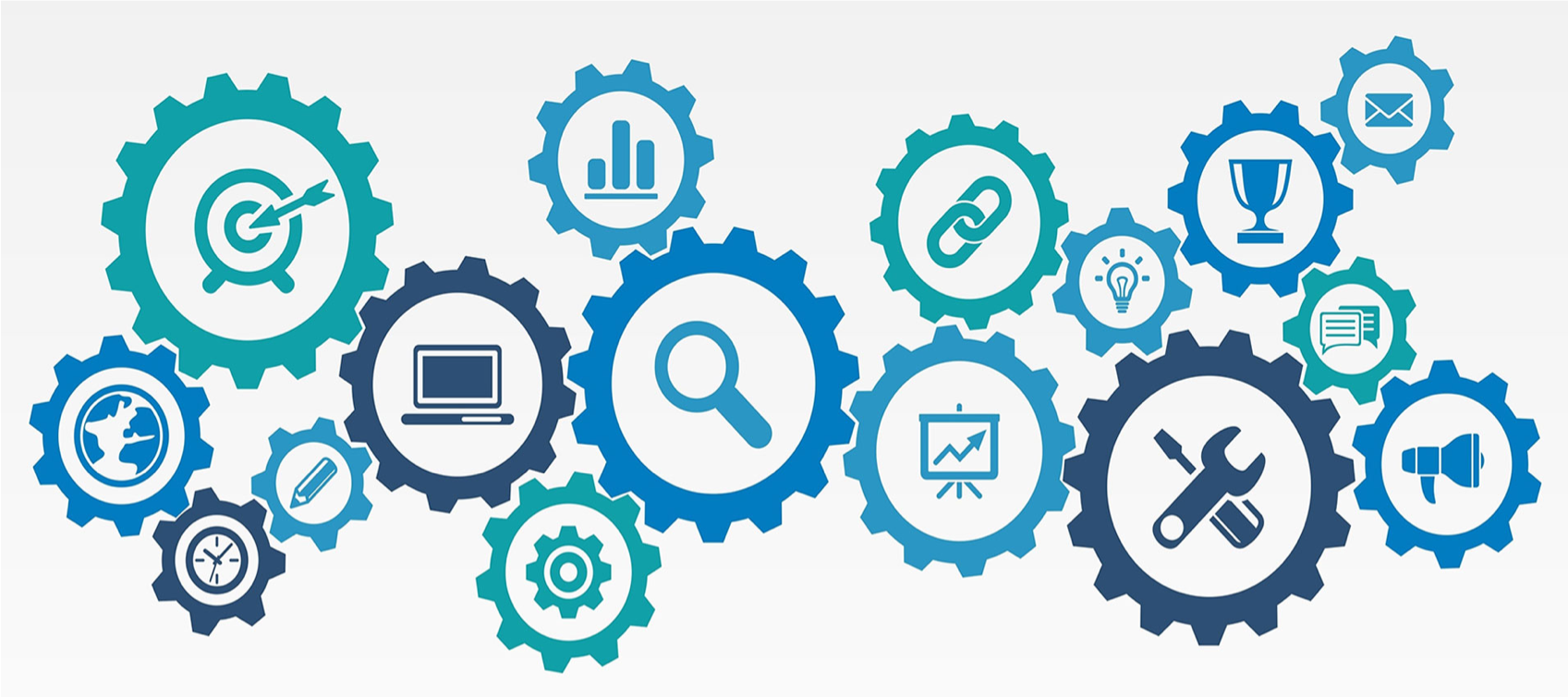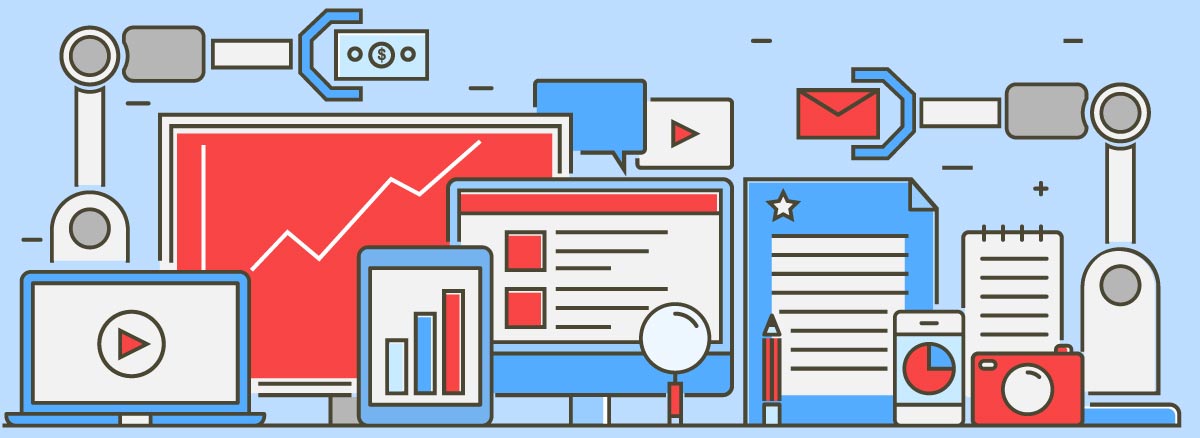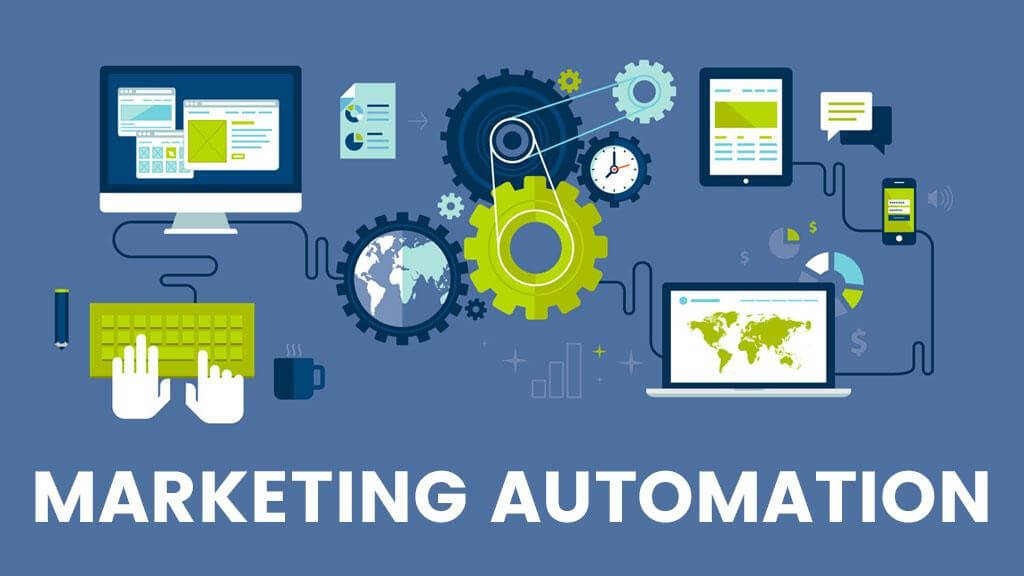
How Marketing Automation Helps Sales Reps

Marketing automation helps sales reps increase their productivity in multiple ways.
Marketing automation tools are used by companies of every size to increase the value of their online presence. Whether a business needs better lead generation or an improvement in the number of sales successfully closed, automated marketing can dramatically extend your online reach, allowing you to drum up a much higher number of leads, and in turn find more good leads that will turn into sales.
However, sometimes sales departments don’t use these tools correctly. Often this is the result of misunderstanding what these tools are capable, of, and becoming overly reliant on them for help in every facet of the job. Marketing automation is powerful, but in the end still just a method for enabling a live person to do more than would otherwise be possible.
In the interests of helping people understand how to maximize the value of these automated systems, here are ten ways that marketing automation assists sales reps.
Lead scoring. If you have a good number of existing leads and a steady stream of new leads always coming to you—a fortunate situation, to say the least—you still need to know which of those leads are most likely to result in sales. Lead scoring tracks a potential buyer’s activity to determined who is most engaged. This gives sales reps an easily accessible list of priority customers, requiring no guesswork as to who should be contacted first.
Buyers indicate their interests before speaking with a sales rep. Related to lead scoring, automated marketing systems track what products and services your engaged leads are checking out. When your sales rep is ready to make contact, they can do so knowing the customers’ interests and thus what to target with their sales pitches.
Sales reps can see how effective their contacts are. Every sales rep knows the feeling of having a customer that they’re sure is interested, the customer will buy soon, it’s pretty much a lock, and so on. What helps more than a good feeling, even for the best rep, is hard data. Marketing automation tells you how often leads open your e-mails and click on the links you send. If they are, wonderful; if not, this lets you know that you need to devise a new angle for selling the ‘hot’ lead on your product, rather than continue sending the types of e-mails they’ve been ignoring.
Automated e-mail templates save your reps time and give them feedback. Once e-mail templates are programmed into the automated system, they can be put to wide scale use and their effectiveness thus gauged on a large quantity of data. If a certain template does not do enough to trigger further engagement from leads, you know and can try something else. And if you find a template that is super effective, the automated tools make it easy to streamline its use.
Automated follow-up e-mails. Follow up contacts are important for maintaining a lead’s awareness of your company and the sales rep with which they’ve spoken; you never know when a lead that is unlikely to buy now will change their mind. However, the effort takes time that could be spent pursuing different leads instead. With the ability to set up a drip campaign ostensibly coming ‘from’ the sales rep, marketing can make sure the effectiveness of follow-up contact is maintained while freeing up the rep to speak with different leads.
Quick access to past communications. Any good marketing automation software (Pardot, for example) can integrate with your CRM. Once the rep uses software that connects the two (often Outlook), their e-mail history will be loaded into the automated software, making access a swift and painless matter.
Reduced headcount for your company. Marketing automation allows each rep to handle many more potential customers than they would without those tools. No matter how many leads your company is capable of generating, it requires fewer sales reps to deal with that number than would be the case without marketing automation tools at your disposal.
Tracks top performers with statistics that can help everyone. If you have a decently-sized sales force, some reps will struggle and some will shine. Rather than let the struggling reps muddle along, or worse, firing them when they might have potential, you can find the differences between how top reps and struggling reps approach their jobs. Which leads do top reps pursue? What lead scores most commonly lead to sales? Automated marketing systems can collate this data and make sure all your reps know how to get the most out of their work hours.
Allows for timely contact. Automated systems tell you more than where or how often leads visit your site; they tell you when the leads are there. The lead deck points out to your sales rep that a lead is on your site, meaning that’s a good time to send an e-mail or make a phone call. Catch leads when they’re already thinking about your products, rather than risk doing so at a time when you’ll be easier to ignore.
Reduces or prevents lead and deal leakage. One of the unfortunate positions sales reps find themselves in is the necessity of closing enough deals to make their sales targets for the month or quarter, which can often require them to focus on more on leads who are ready to buy now and abandon contact with leads who may need more time to come around. While this can help them reach their numbers in the short term, it creates perverse incentives for the reps at the expense of the company. After all, your business needs every potential customer, both the ones buying now and those considering it down the road, and it does you no good if the reps don’t have time to nurture those long-term contacts. Automated marketing takes enough of the grind out of a sales rep’s job to allow them more time to develop a sales pipe for the future as well as for today.
Used correctly, marketing automation helps sales and is an incredible tool for maximizing sales and revenue across every rep in your company. If you’d like to know more about what marketing automation can do for you, contact us for more information.
About Us
Gabriel Sales specializes in helping SMBs and Startups grow their business with modern sales and marketing operations.
Our team can augment gaps in your existing sales and marketing operations or we can be leveraged for full-service campaigns that include:
- Integrated Sales and Marketing Strategies
- Database Research and Targeting
- Automation and CRM Systems Best Practices Implementation
- Inbound Lead Generation
- Outbound Lead Generation and Lead Scoring
- Sales Qualification
- Closing
To learn more about how we can help you grow your business (or decide if we are the right fit for you), we invite you to visit our page that details our integrated approach to sales and marketing outsourcing. Or feel free to contact us for free initial consultation and discovery session to see if our approach is the right fit to help you hit your revenue targets.






